
Next month will see the release of Octopath Traveler 0 on consoles and PC. I recently got a chance to play early versions on both the Nintendo Switch 2 and PC. This preview focuses on how the game looks and performs, based on a few hours of gameplay using the full PC version on the Steam Deck OLED, and the Switch 2 both handheld and connected to my 1440p monitor. I’m planning a more detailed comparison of all versions around the game’s launch.

Octopath Traveler 0 Nintendo Switch 2 impressions
The recent Switch 2 version of Dragon Quest I & II HD-2D Remake let players choose between sharper graphics at 30 frames per second, or smoother visuals at 60fps. However, Octopath Traveler 0 doesn’t offer any such options. It seems to aim for 1080p resolution and 60fps when played on a TV, and a lower resolution while in handheld mode, also targeting 60fps. While it aims for these targets, Octopath Traveler 0 currently has performance problems – specifically with frame rate consistency – in both TV and handheld modes, but these issues are more noticeable when played on the go. Even early in the game, you can see the frame rate drop below 60fps in areas with a lot of visual effects like particles or weather.
While exploring towns or the open world, the game occasionally has some stuttering. It also struggles to maintain a consistent 60 frames per second when there’s a lot happening on screen, especially while playing on the Switch 2 in docked mode. Though frame drops during battles aren’t major, Octopath Traveler II doesn’t feel quite as smooth or refined as Square Enix’s other recent Switch 2 games like Dragon Quest I & II HD-2D Remake and Romancing SaGa 2.
Octopath Traveler 0 Switch 2 docked gameplay
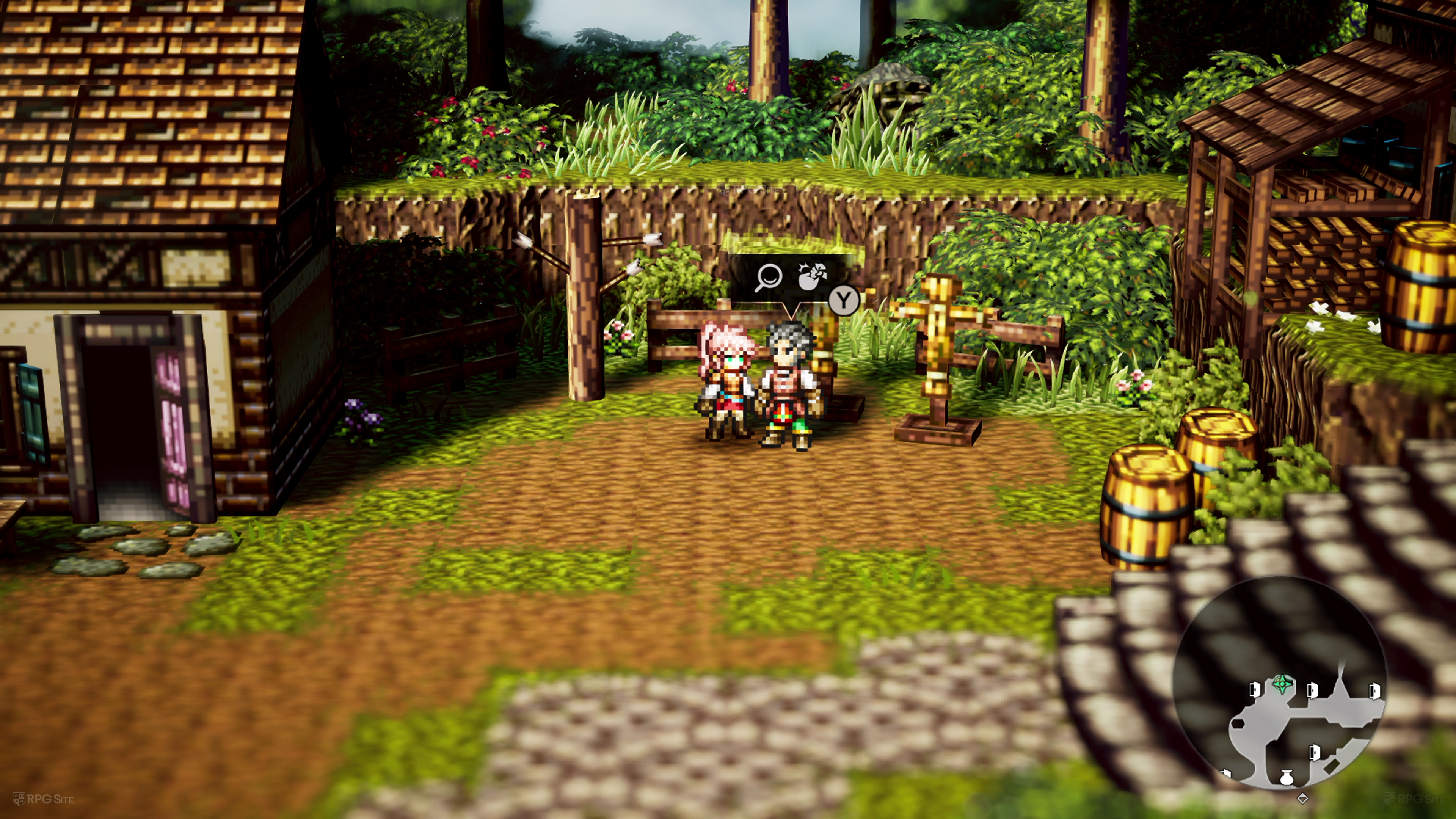
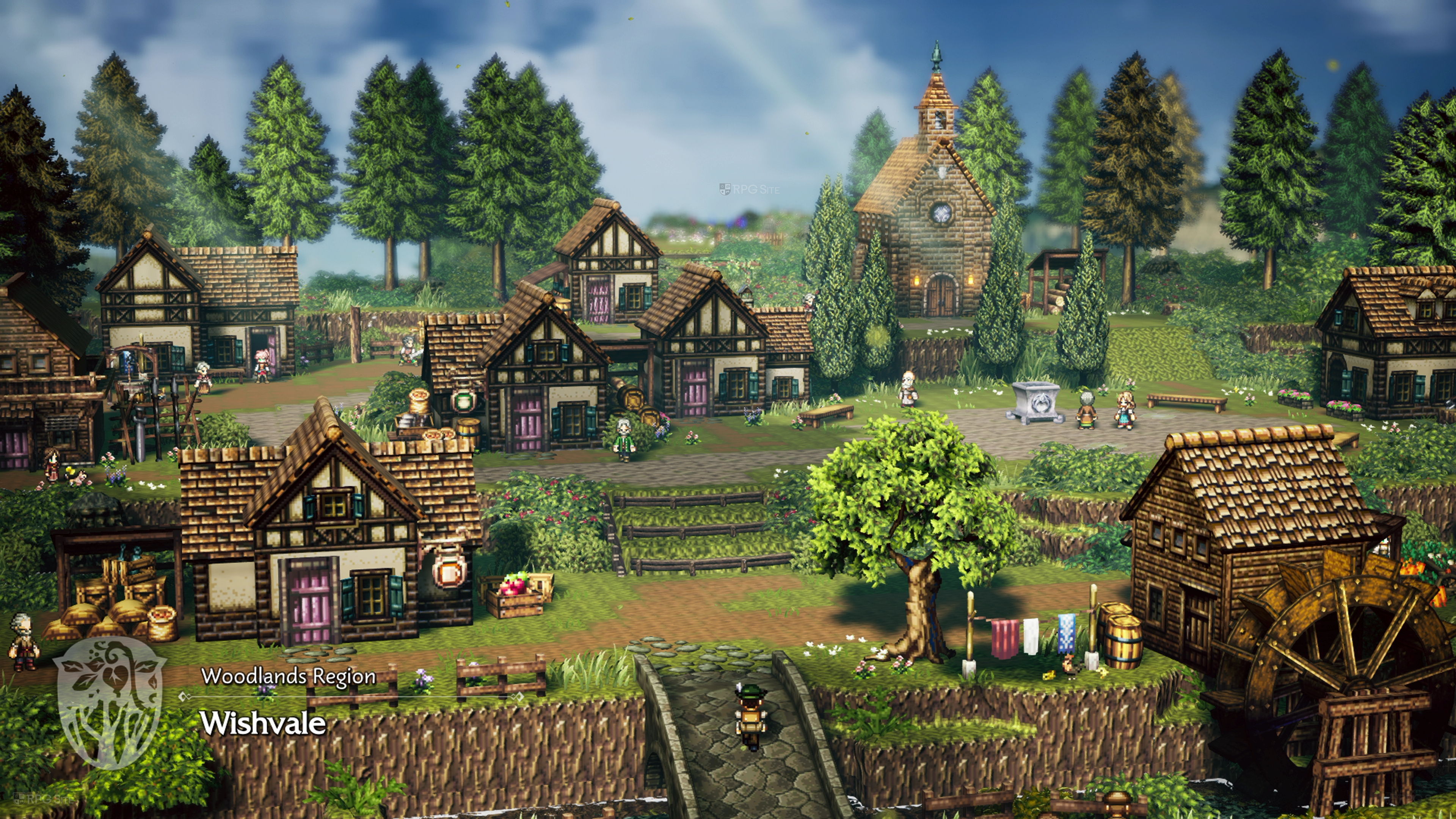
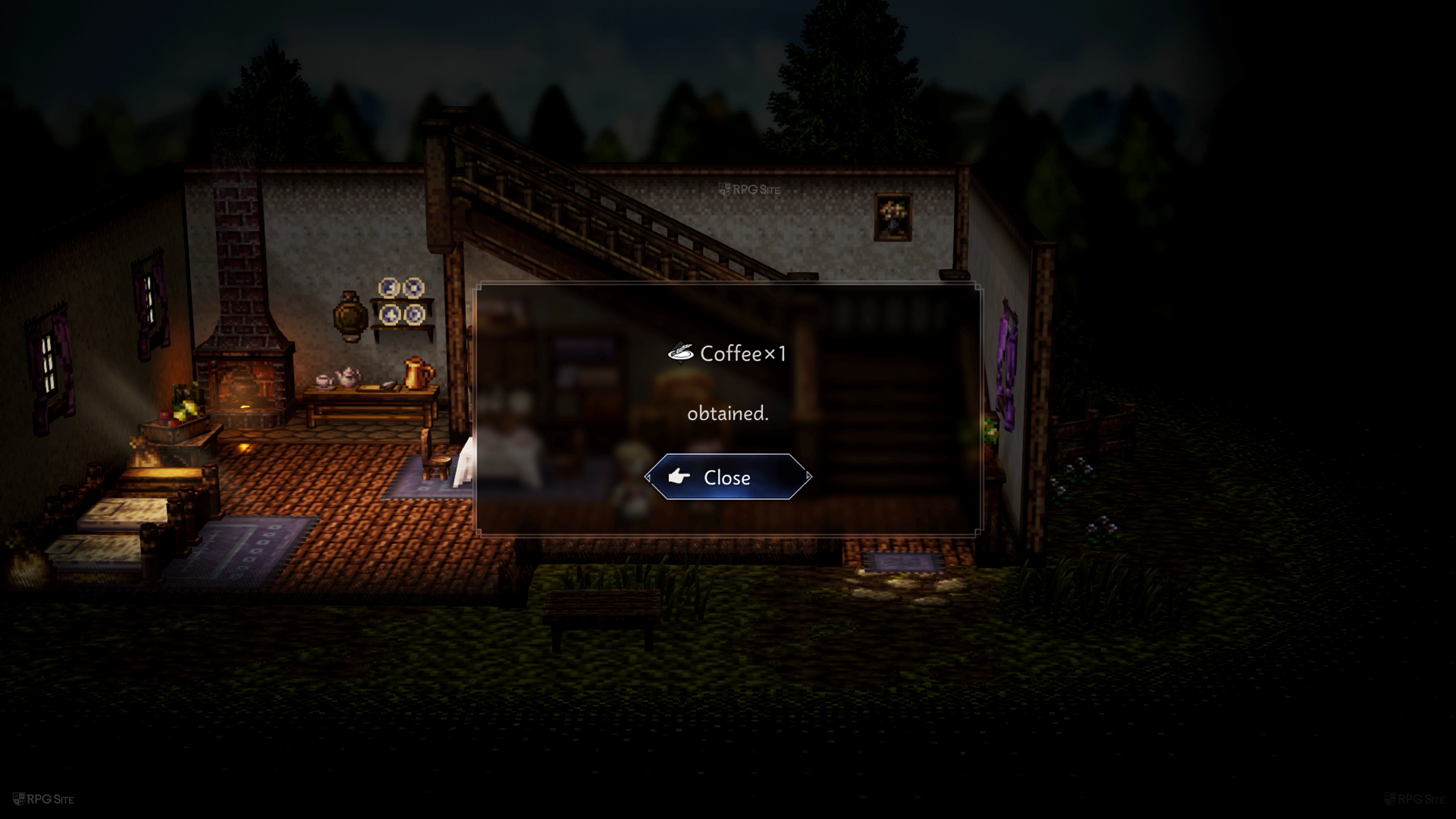


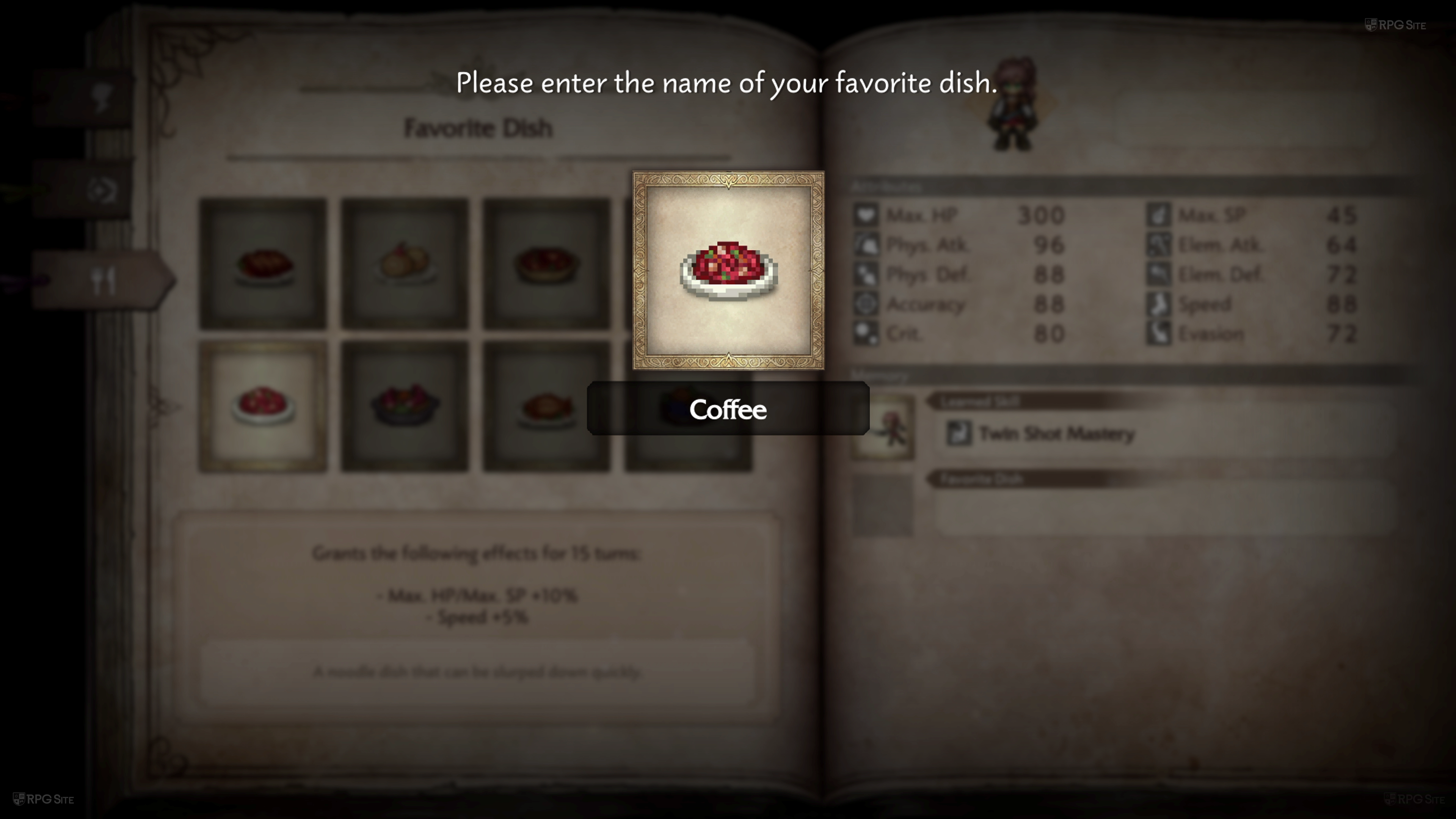
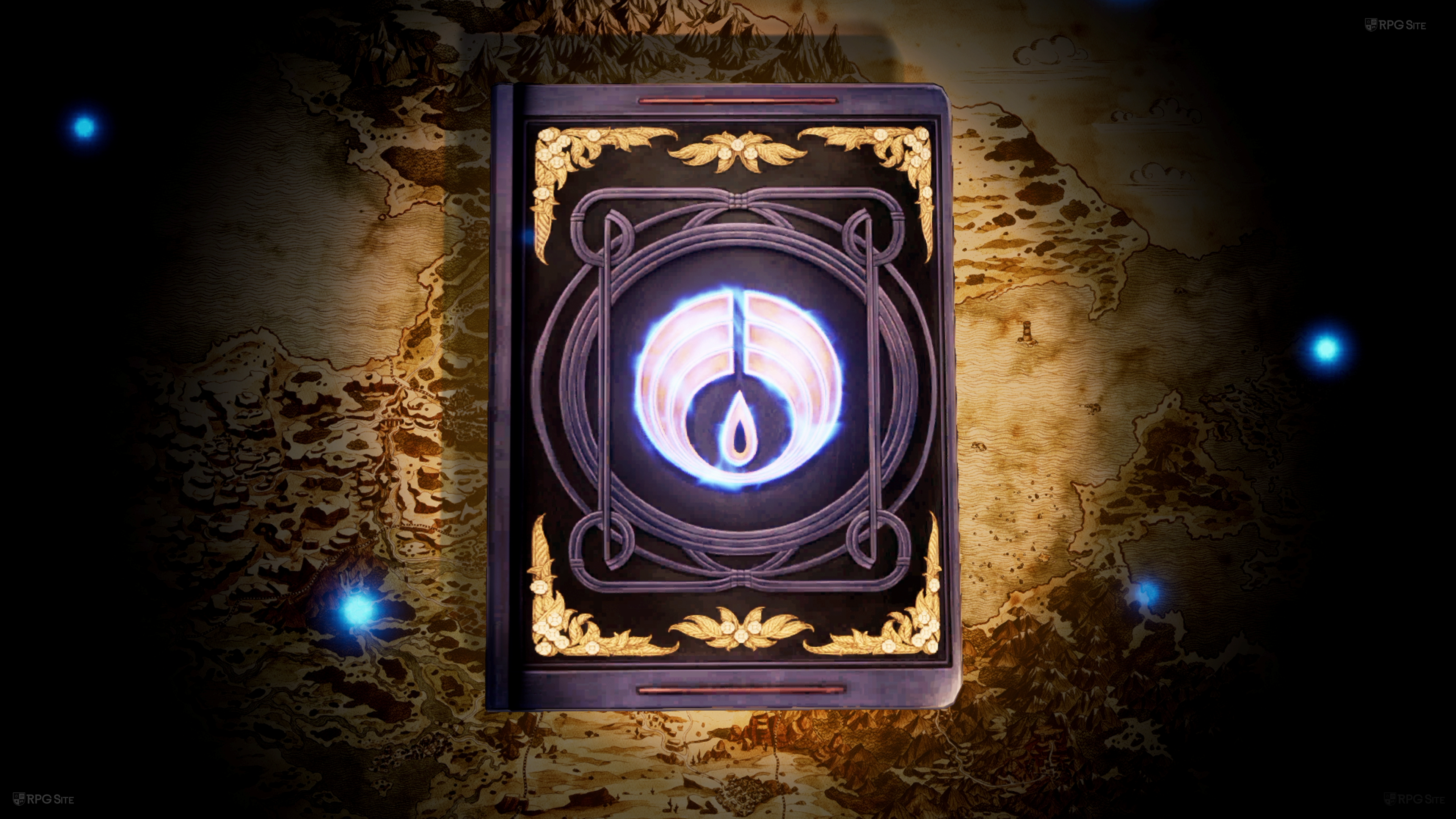

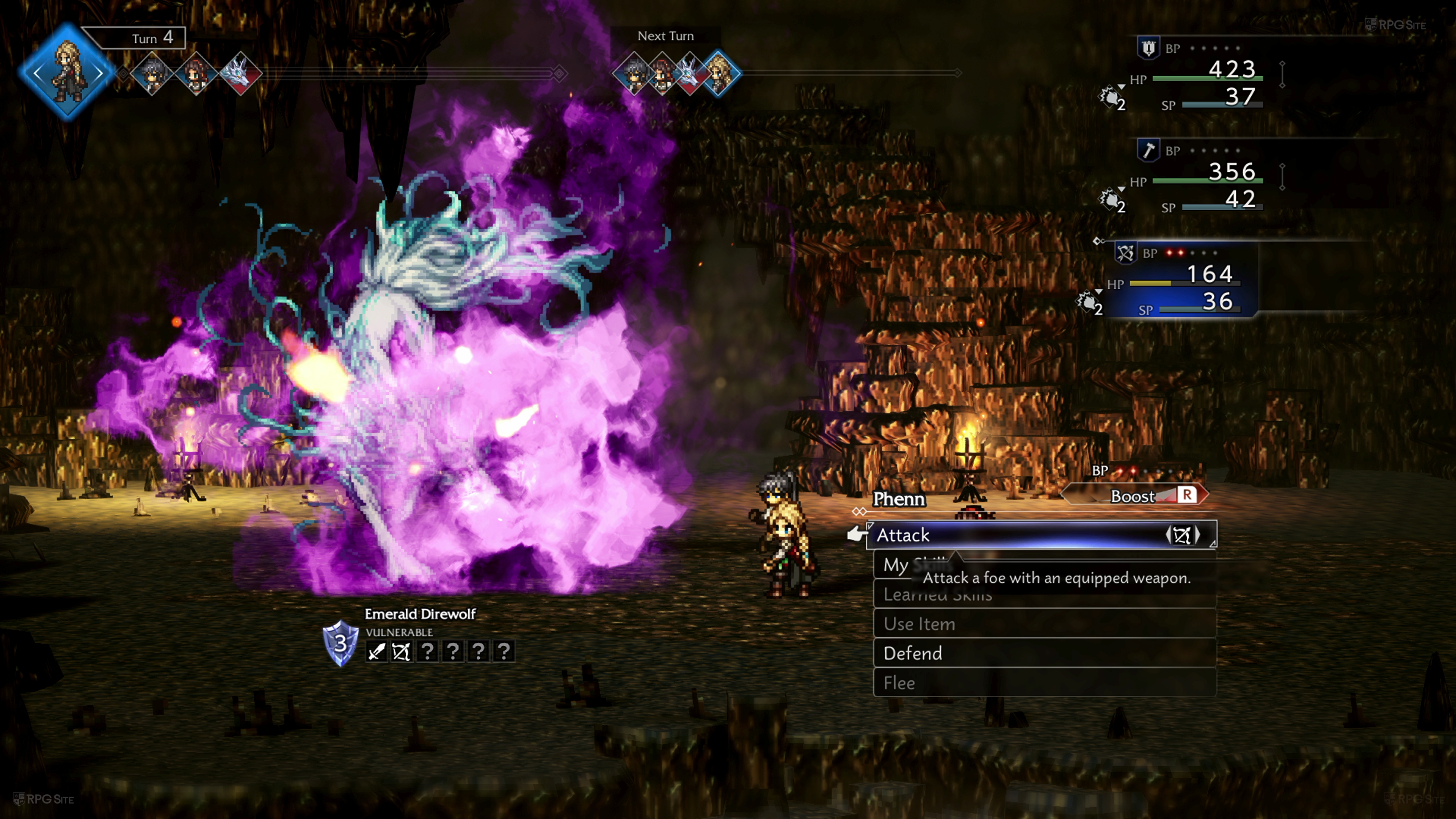
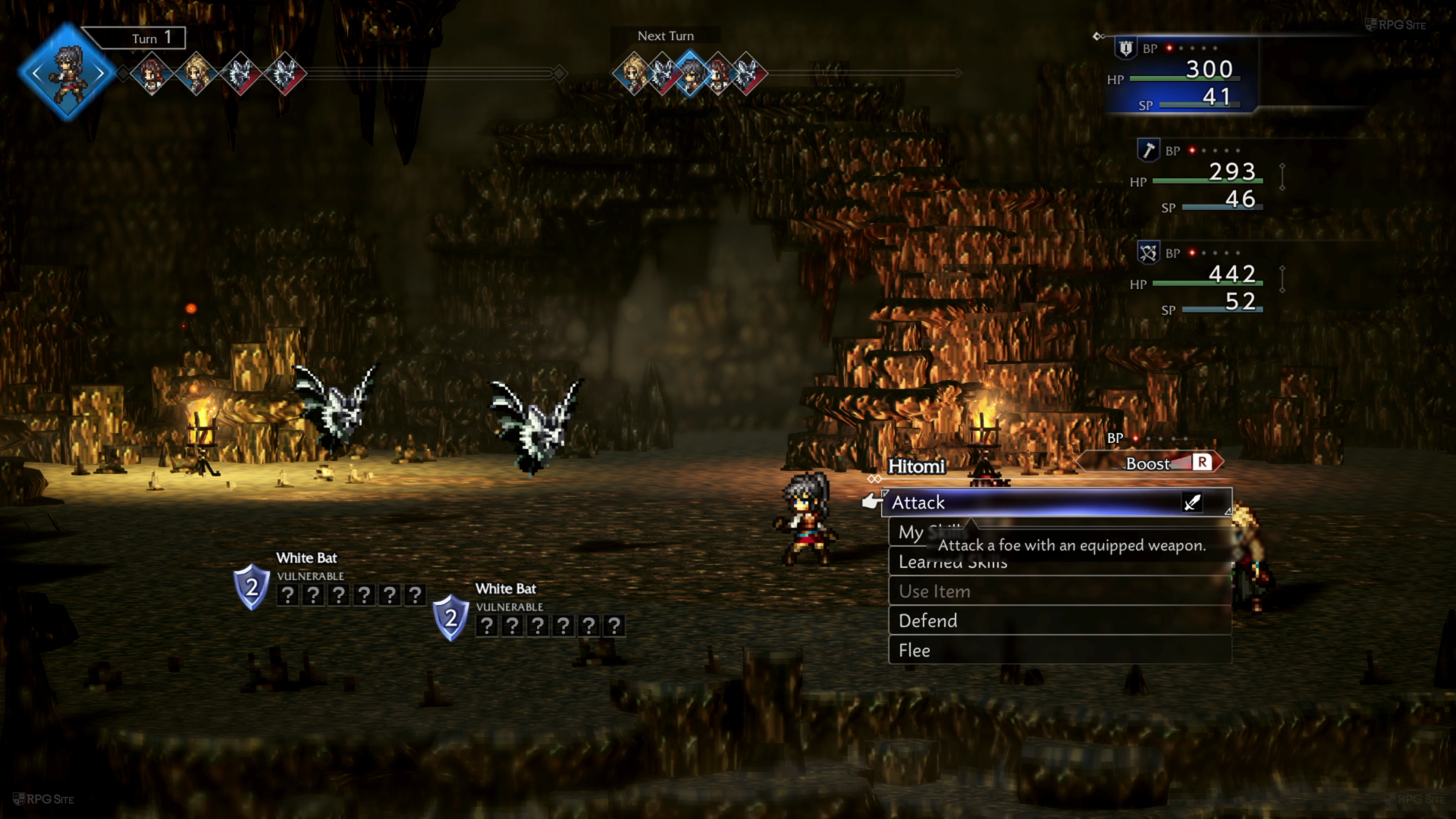
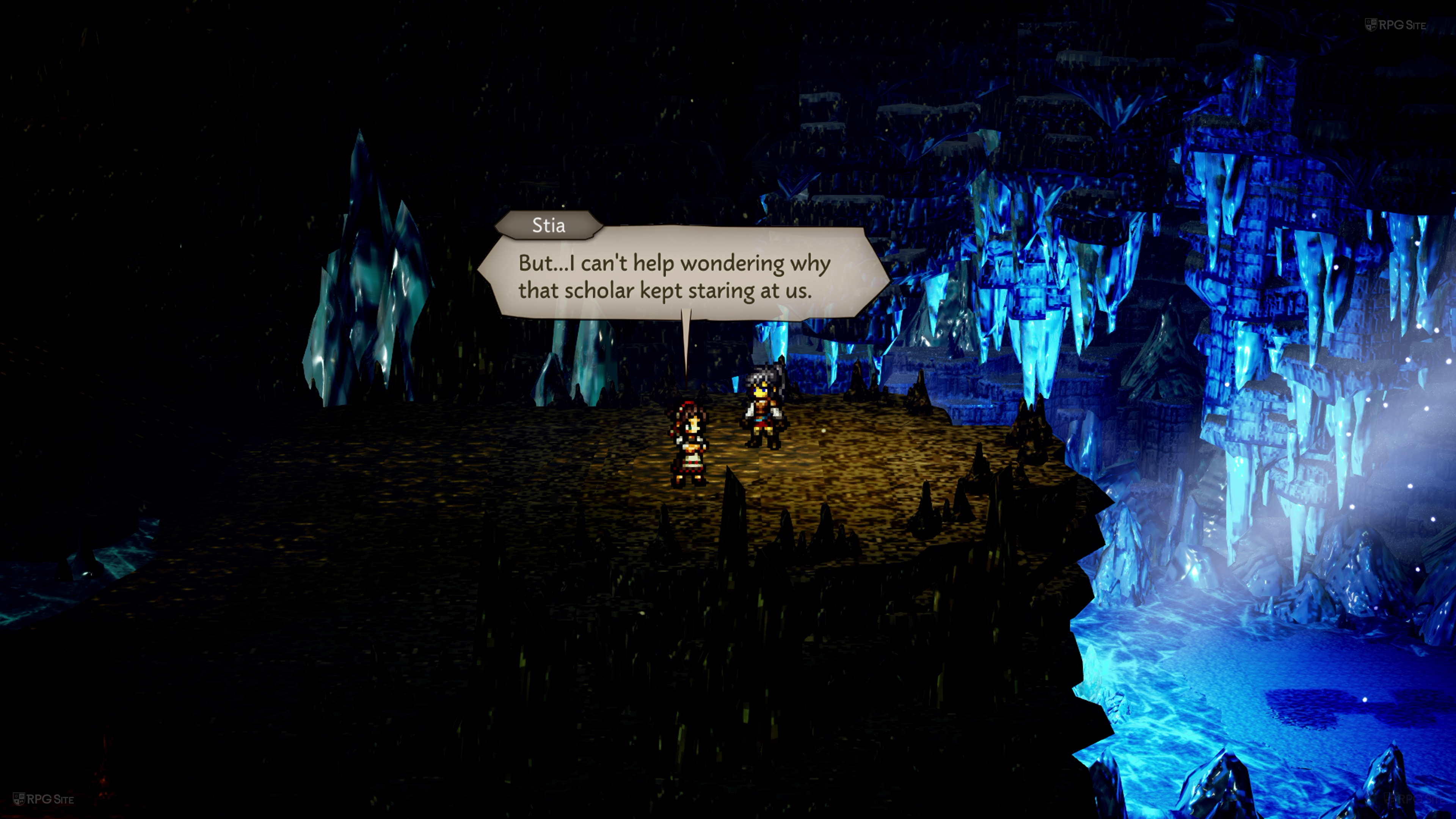
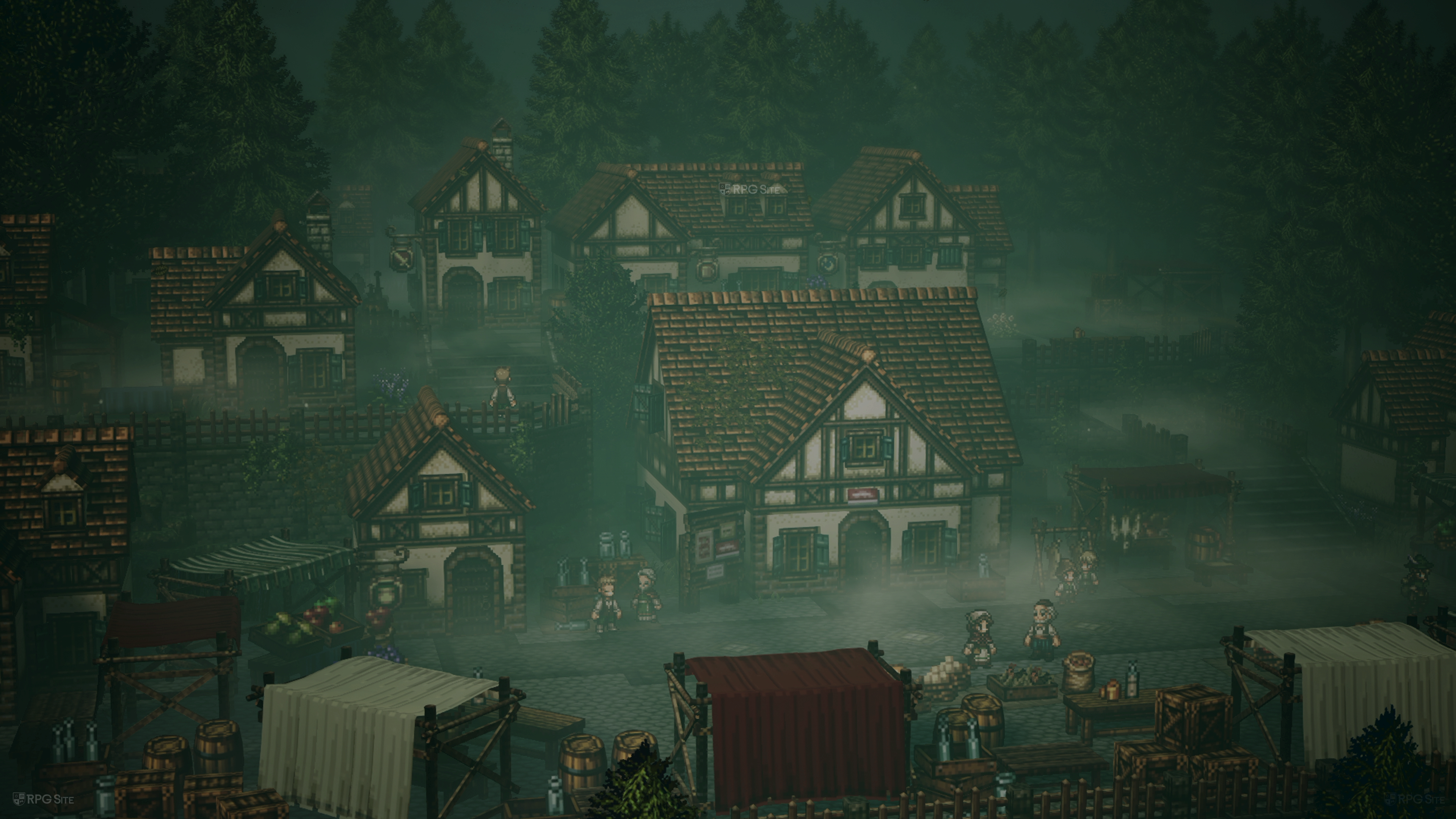
Note: The docked images above have been captured through my 4K capture device.
Octopath Traveler II on the Switch 2 unfortunately suffers from blurry textures, especially on floors in the distance and within dungeons, making it look less sharp. I’d prefer the option to play at a smoother 30 frames per second with improved graphics, as I enjoy the HD-2D style best when it looks crisp and clear. Compared to the recent Dragon Quest I & II HD-2D Remake, Octopath Traveler II feels like a step back in both visual quality and performance, and I hope the developers can improve how smoothly the game runs before release.
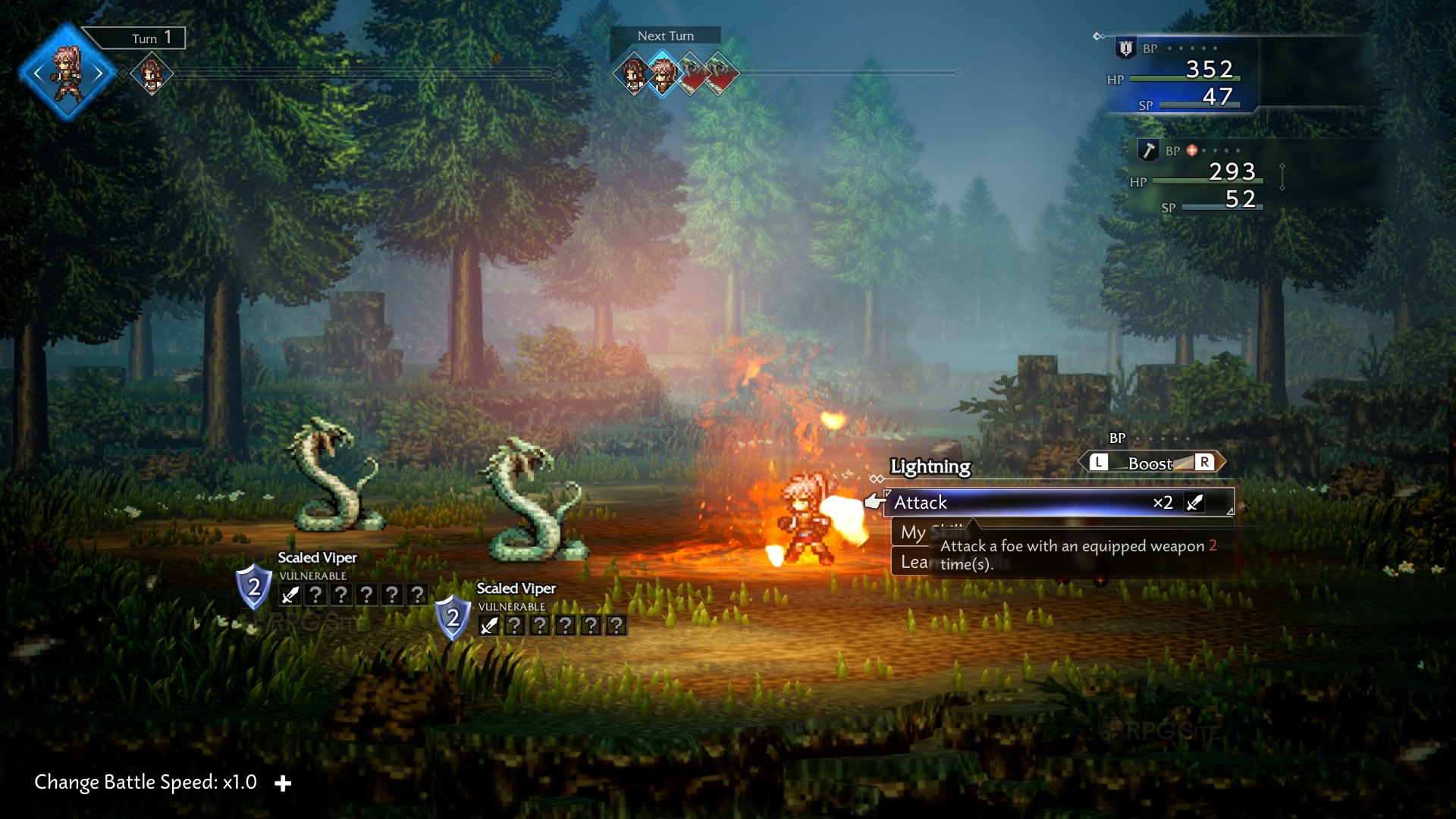

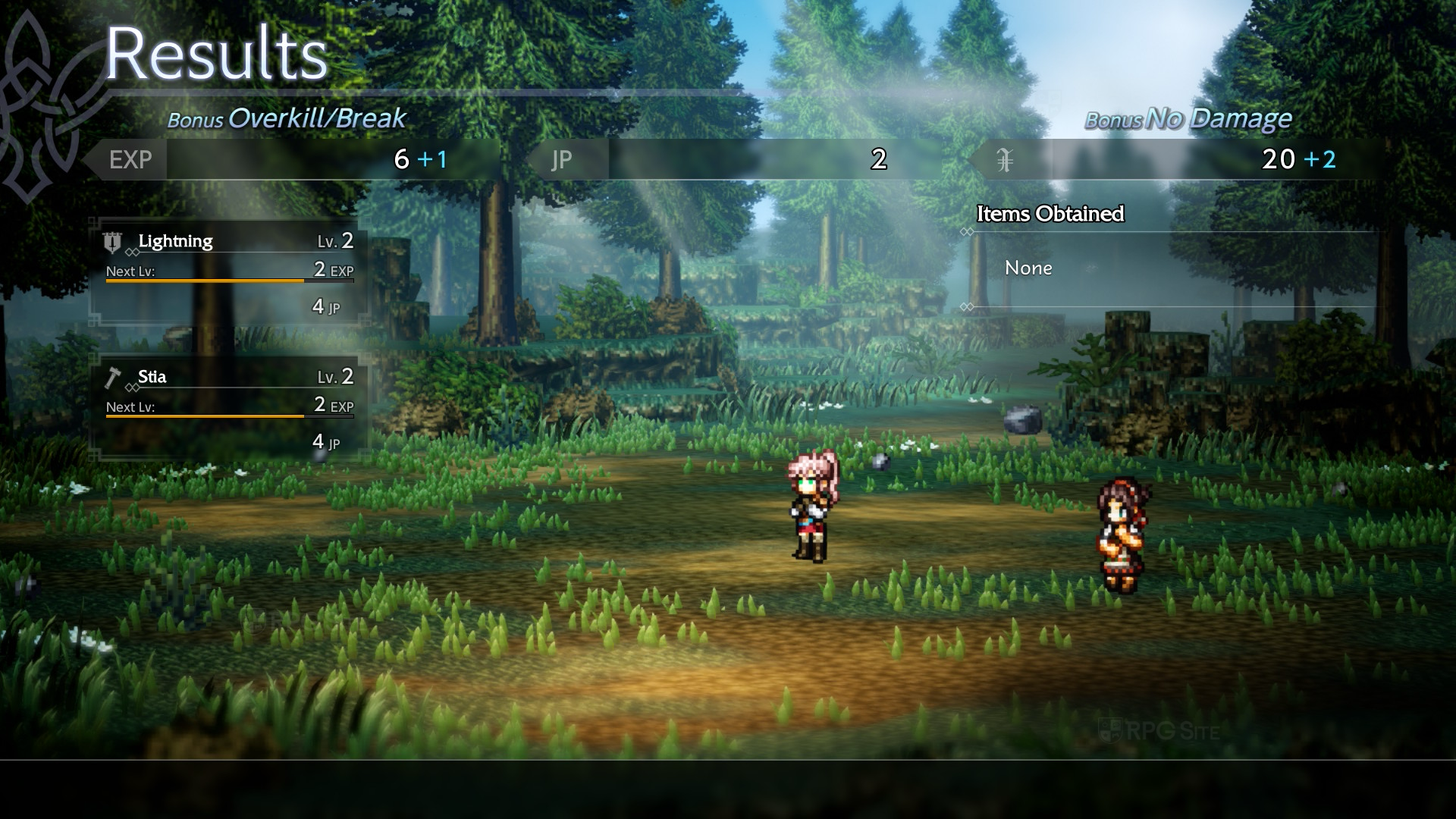
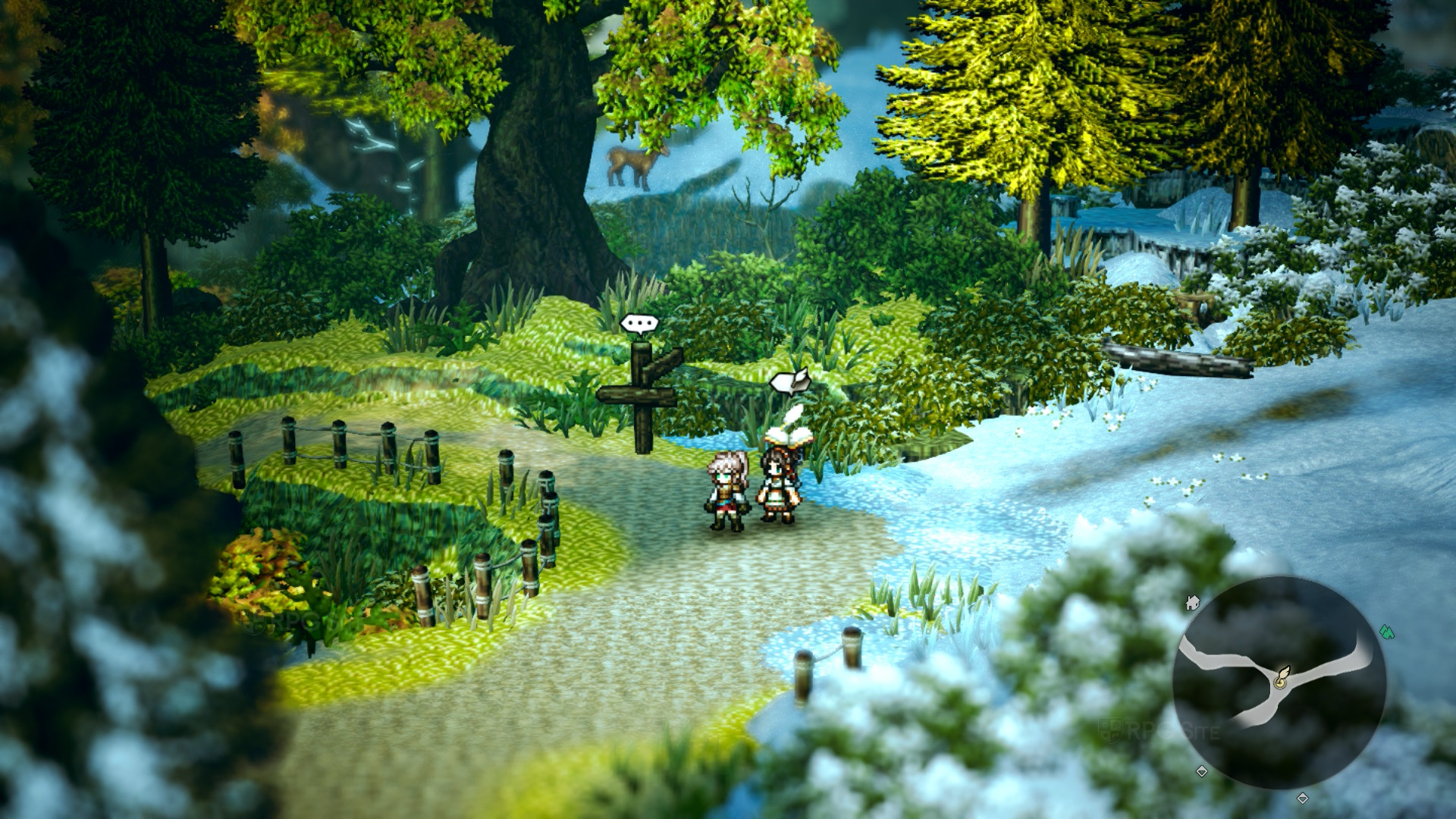



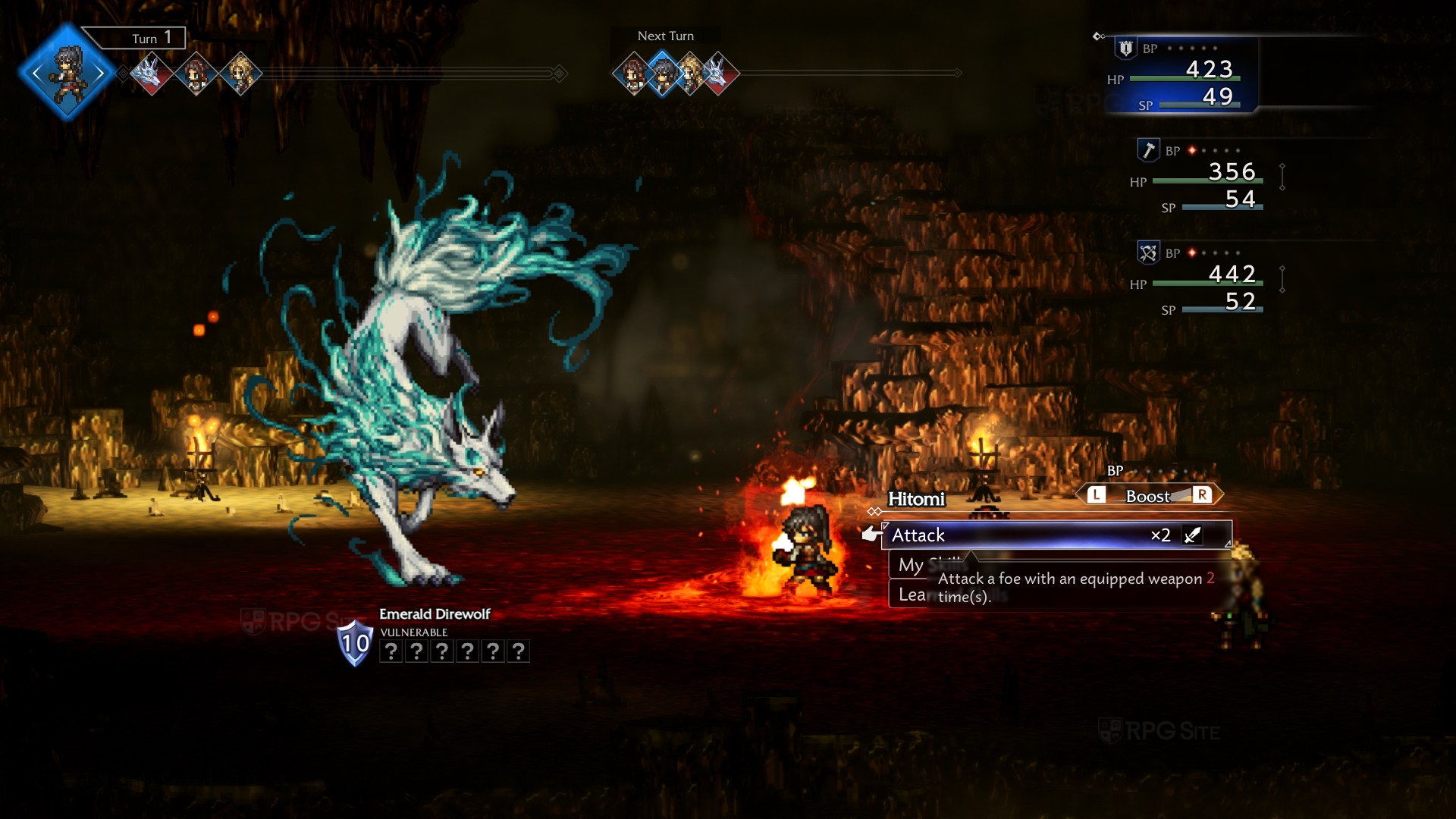
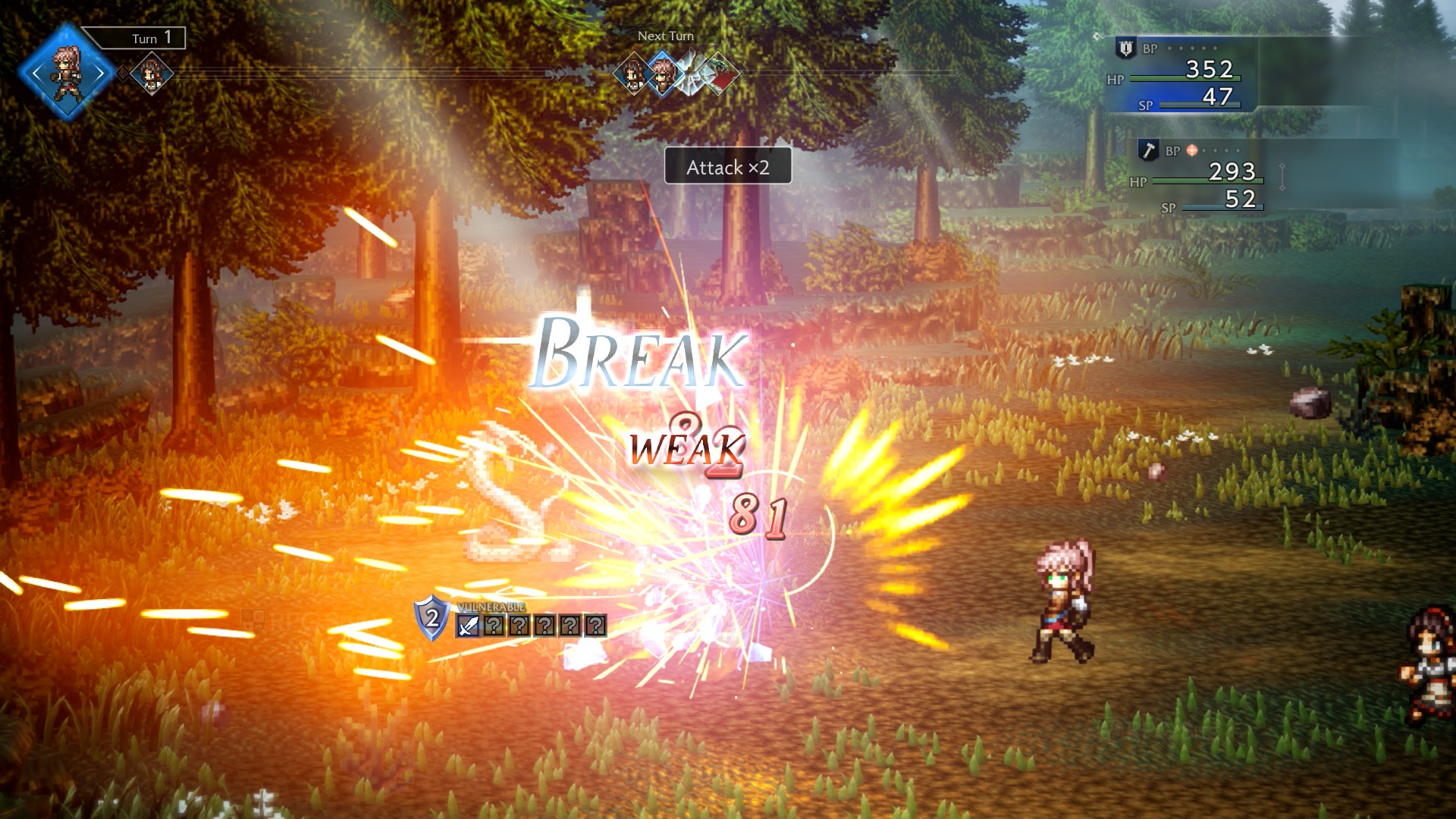
The screenshots you see were taken directly from the Switch 2 using its built-in capture feature.
Octopath Traveler 0 PC features and graphics options
Octopath Traveler II on PC offers a lot of visual customization. You can choose resolutions from 720p up to 4K, and select frame rates of 30, 60, or 120fps. You can also play in windowed, borderless windowed, or fullscreen mode.
The game has two main graphics settings menus. “Preset Rendering Options” lets you quickly adjust both the UI texture resolution (720p, 1440p, or 4K) and the overall graphics quality. The separate “Rendering Options” menu lets you fine-tune just the graphics preset, similar to how it works in many other games, and includes an automatic detection feature.
When playing on the Steam Deck, the auto detect feature will set all individual graphics settings to High. These individual options include anti-aliasing, post-processing, shadows, textures, effects, and level of detail (LOD). All settings except LOD have four levels – Low, Medium, High, and Ultra – while LOD can be simply turned on or off.
Both the PC and console versions of the game include vignetting, which you can adjust or turn down slightly. On PC, you also have more control over how you play – you can customize your controller and keyboard settings, and even choose how the mouse controls the game. You can also toggle mouse cursor movement on or off.

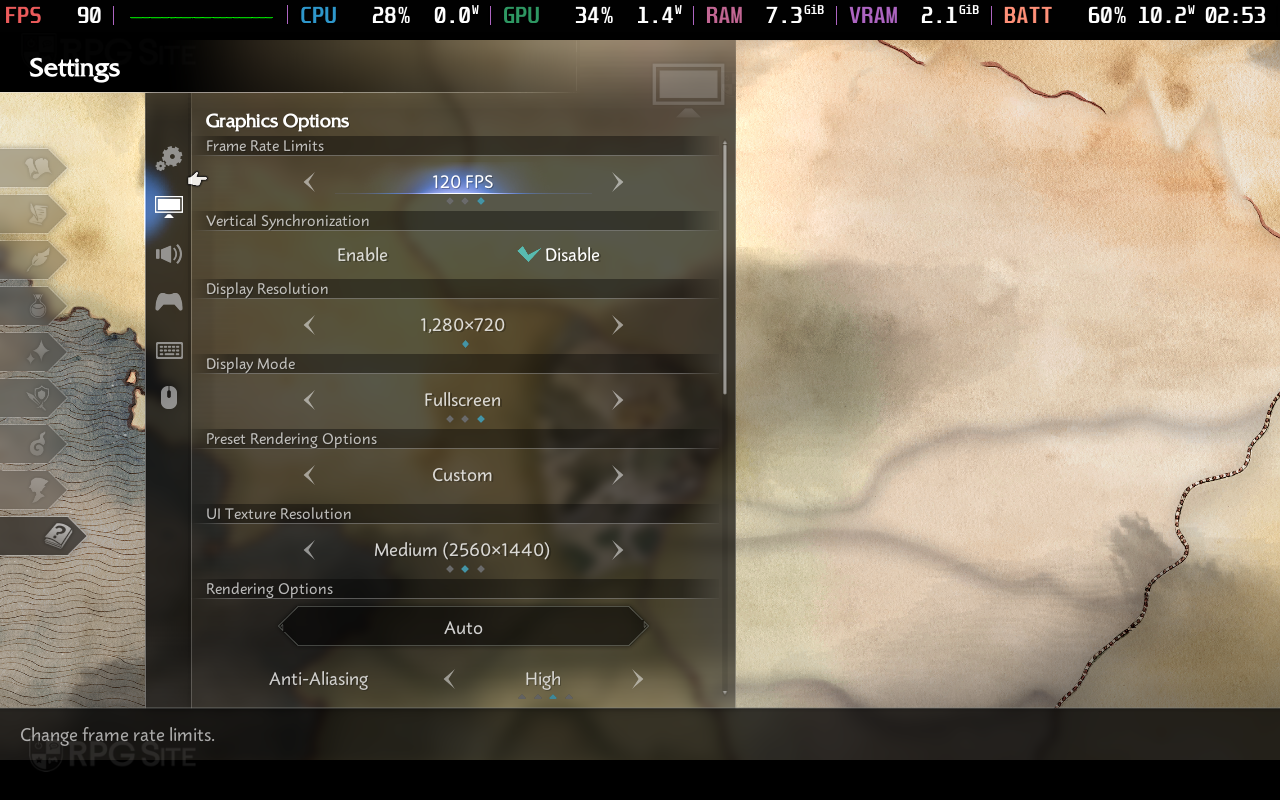

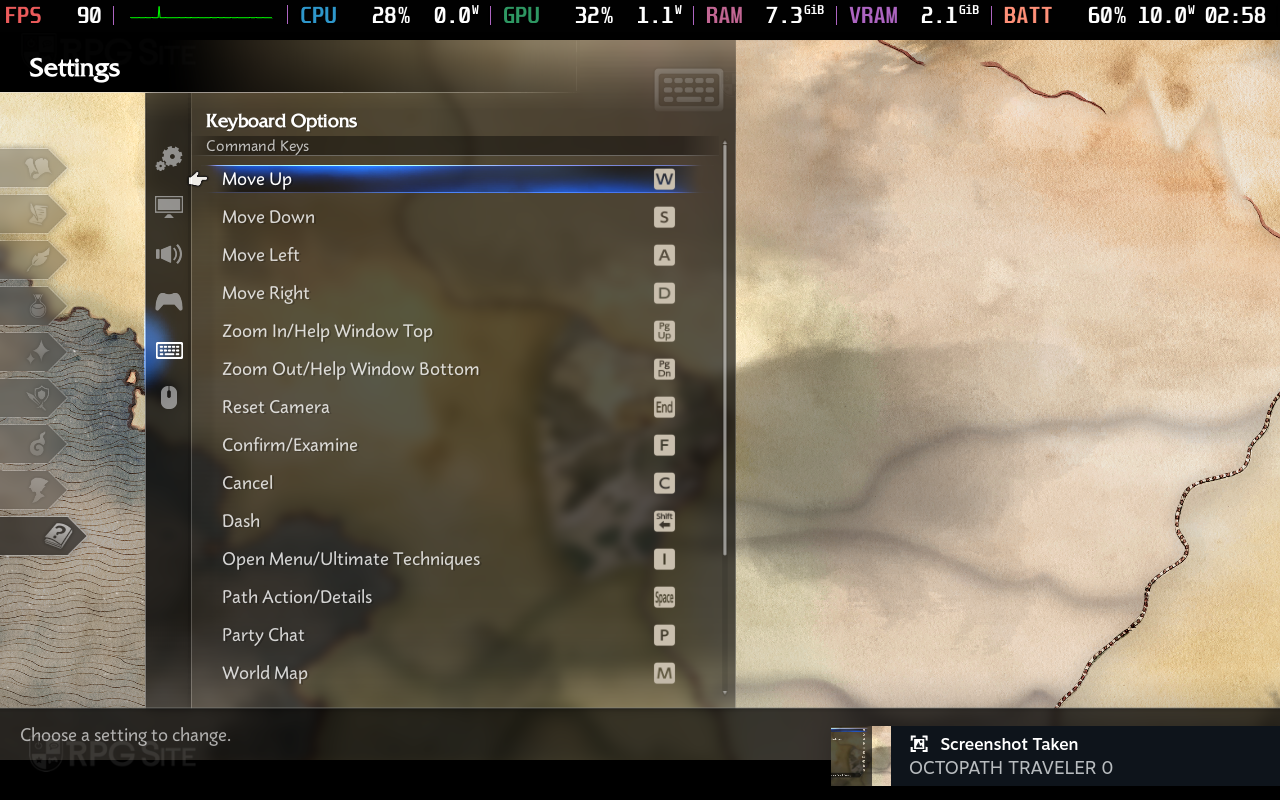
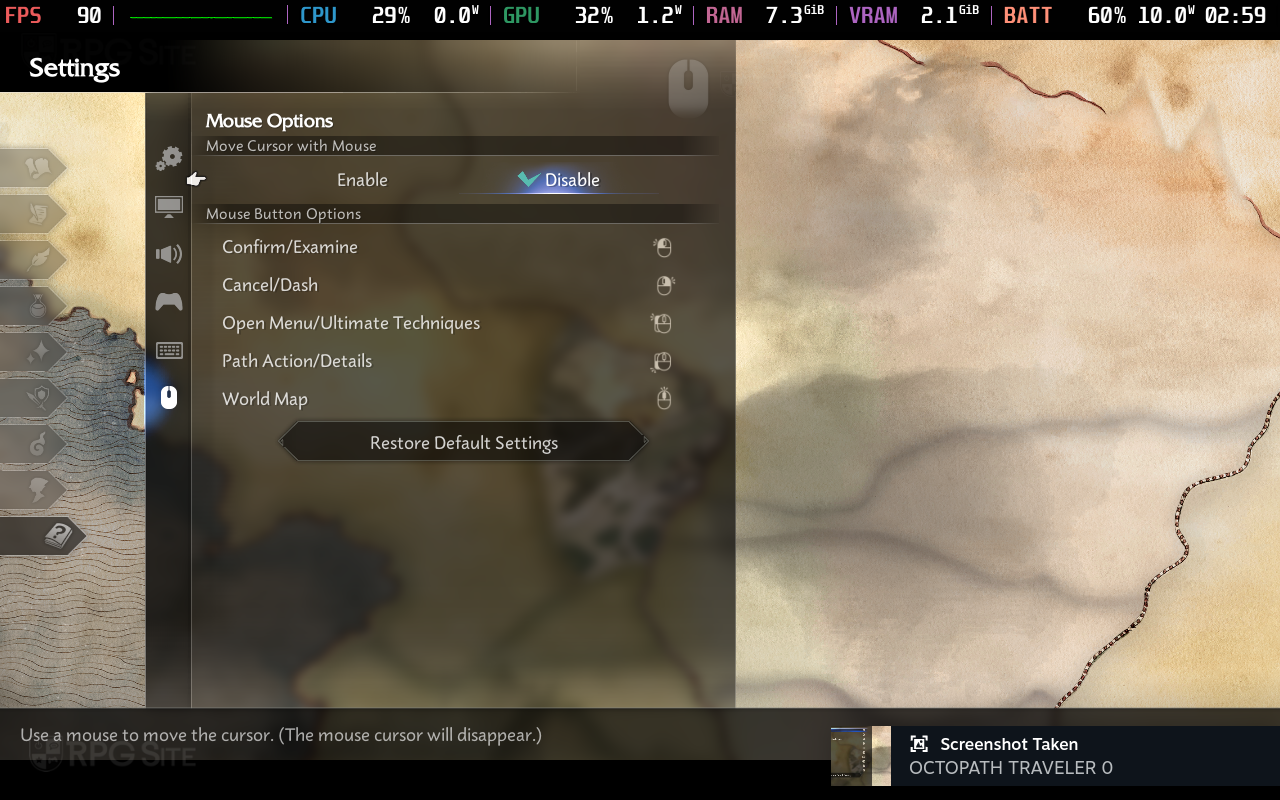
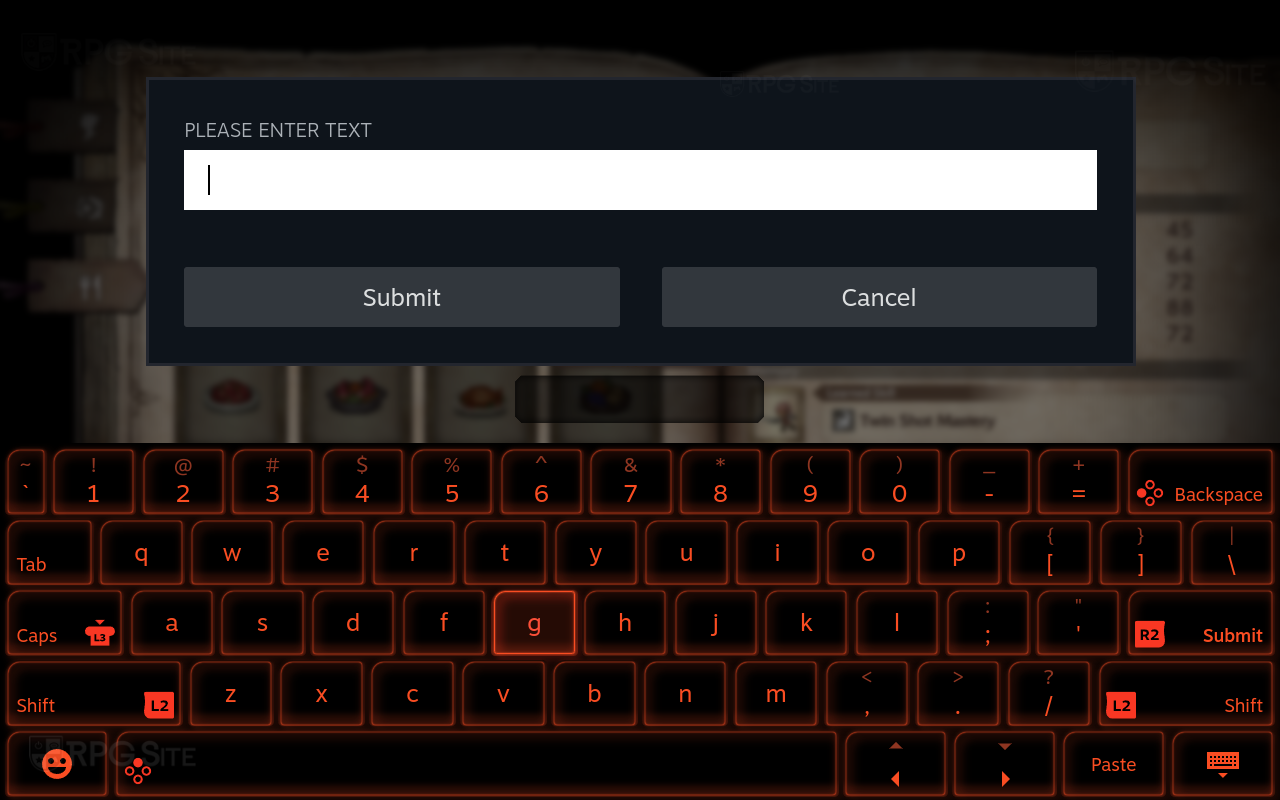
Octopath Traveler 0 Steam Deck impressions
Octopath Traveler II plays great on the Steam Deck right away, consistently hitting 60 frames per second with sharp graphics. The on-screen keyboard appears as it should for typing, and the game supports Steam Cloud saves and full controller functionality. After several hours of testing, I didn’t encounter any problems, and the game looks especially good on the Steam Deck OLED screen. It’s set to high graphics settings by default, but you can adjust them if you’d like to try for a smoother 90 frames per second.
I tested the Steam Deck connected to my 1440p monitor. To consistently get 60 frames per second, I had to lower the graphics settings significantly. I suggest aiming for a resolution of 900p if you want smooth performance when docked, unless you’re willing to use a combination of medium and low settings. I still need to test how it performs in later parts of the game while docked. Most of my playtime, however, has been in handheld mode on the Steam Deck OLED, which is currently the best way to play Octopath Traveler 0 on the go.
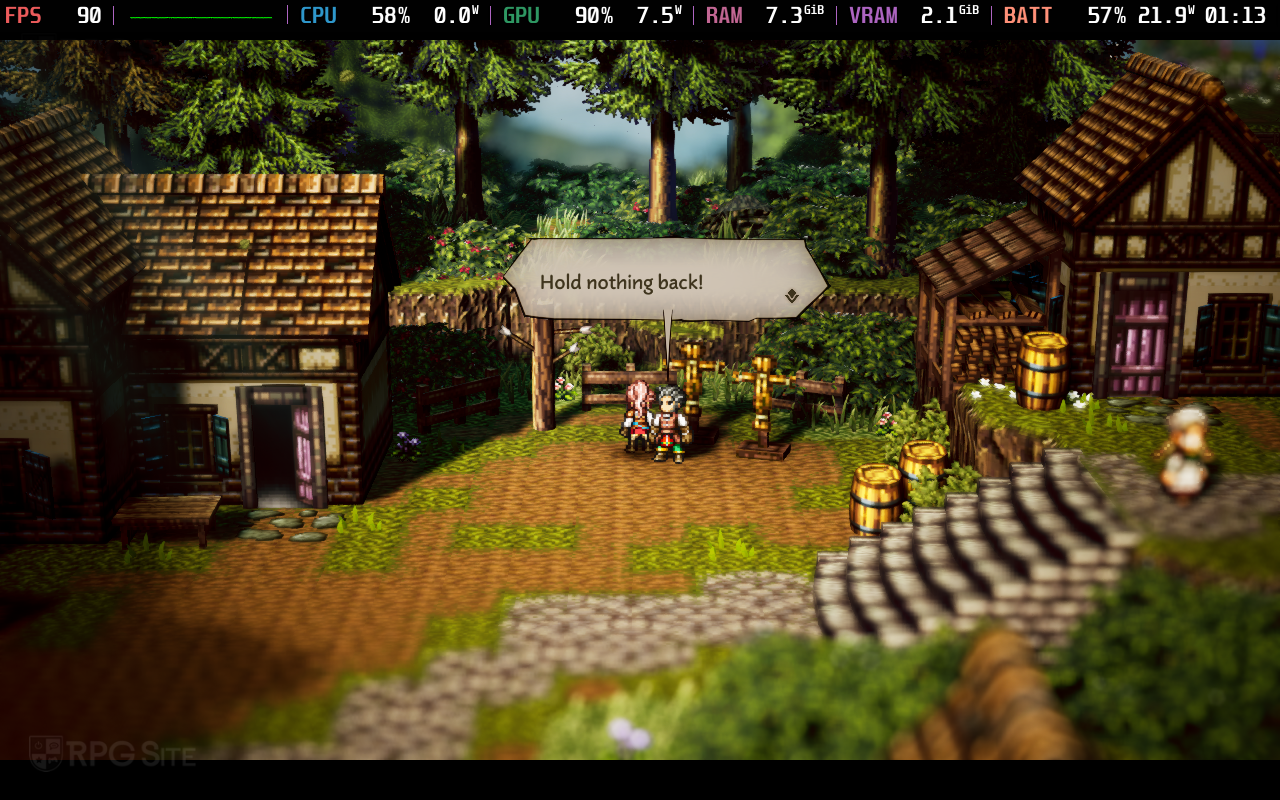

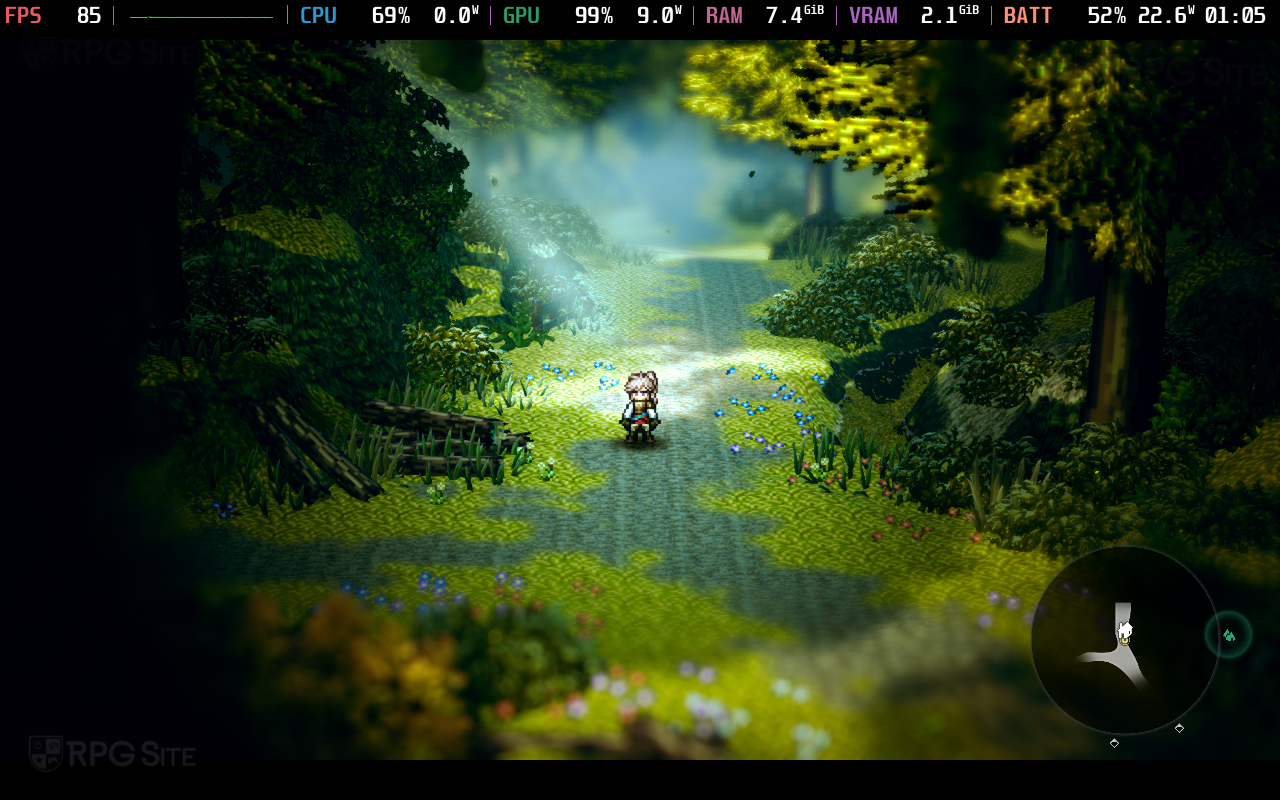

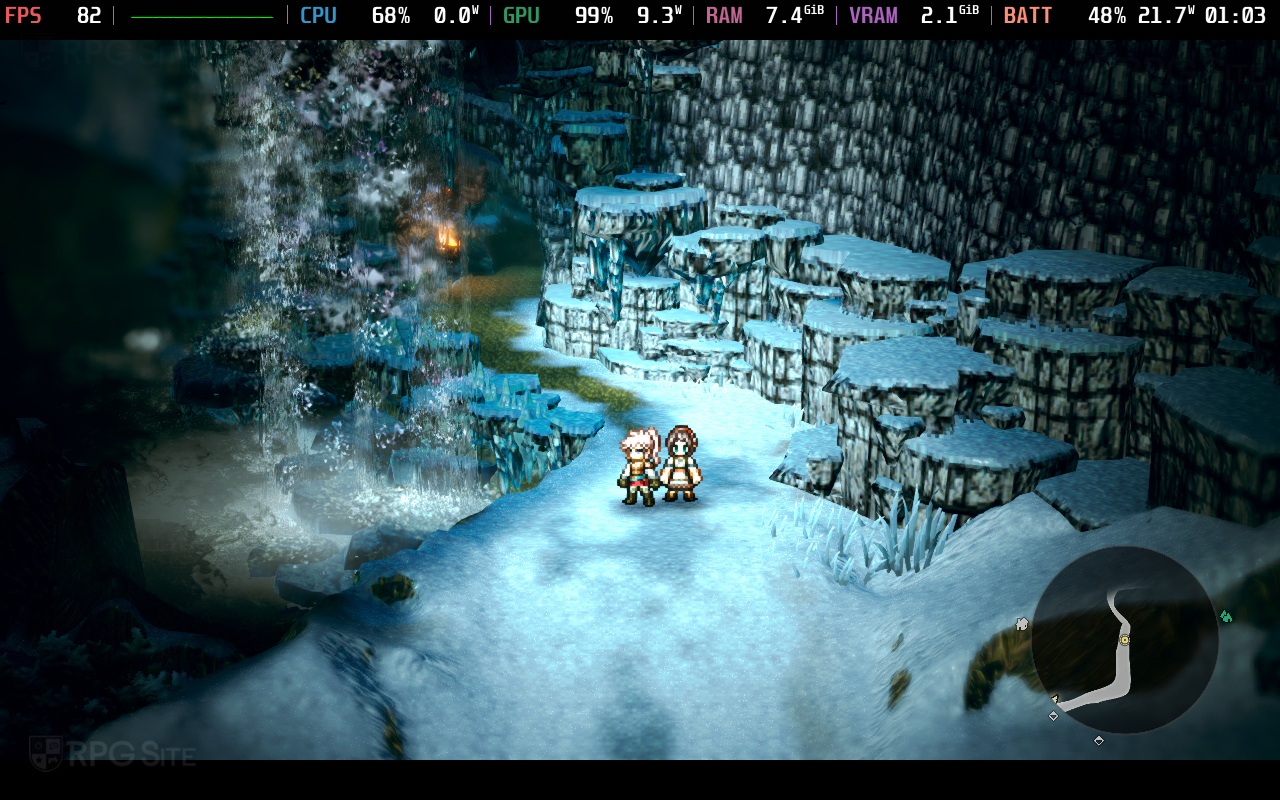
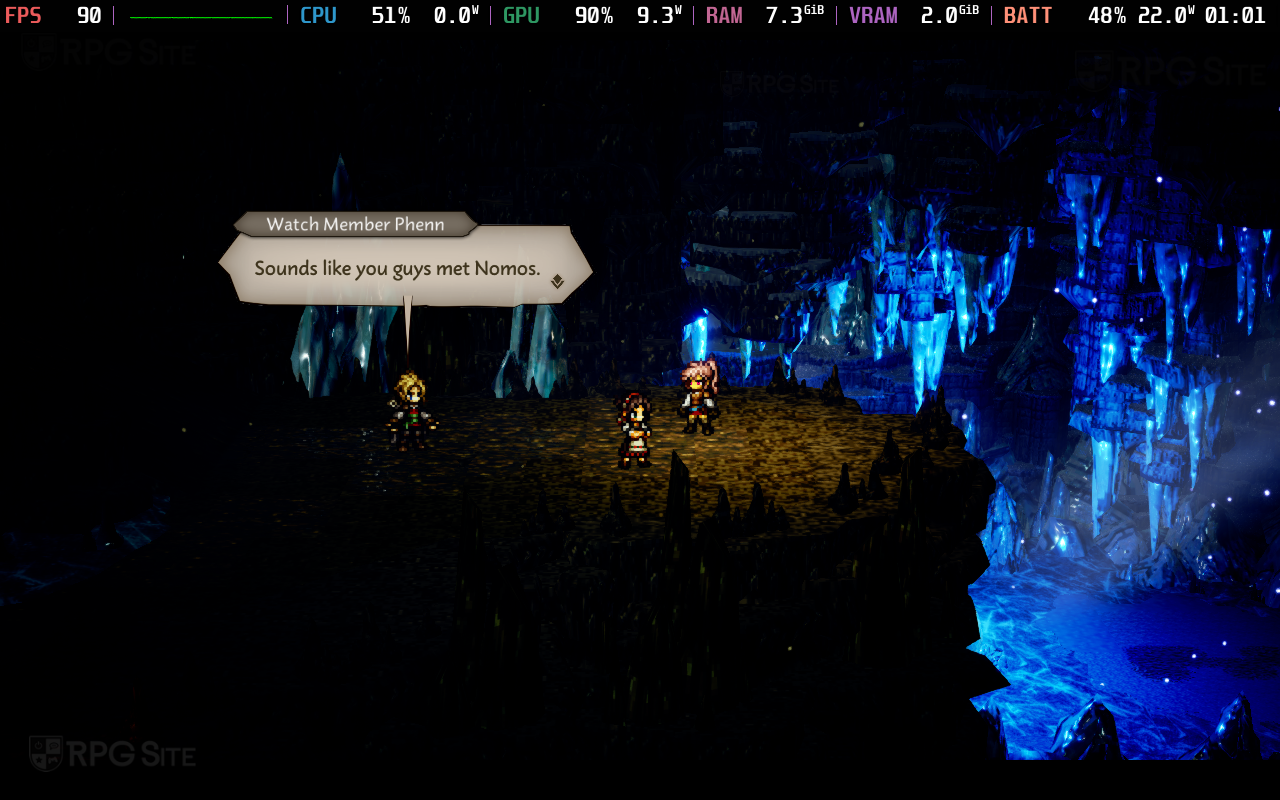

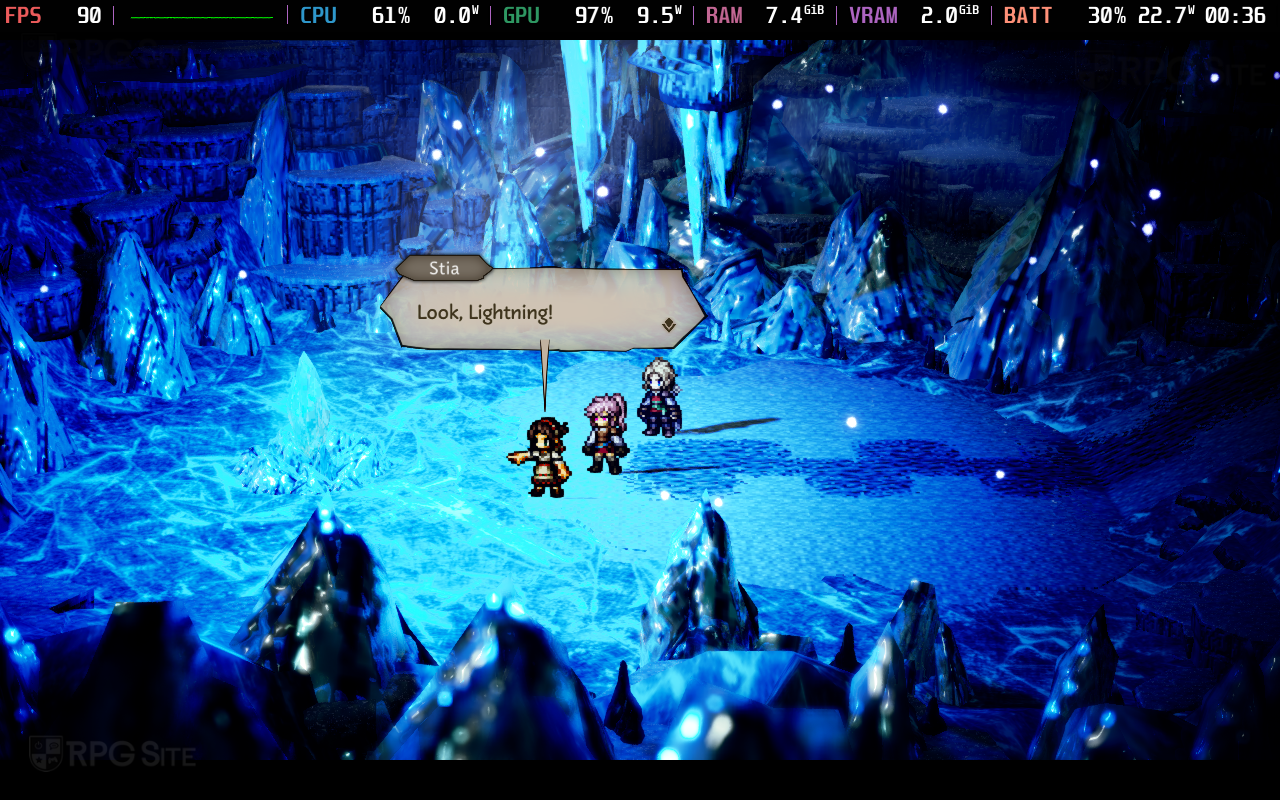
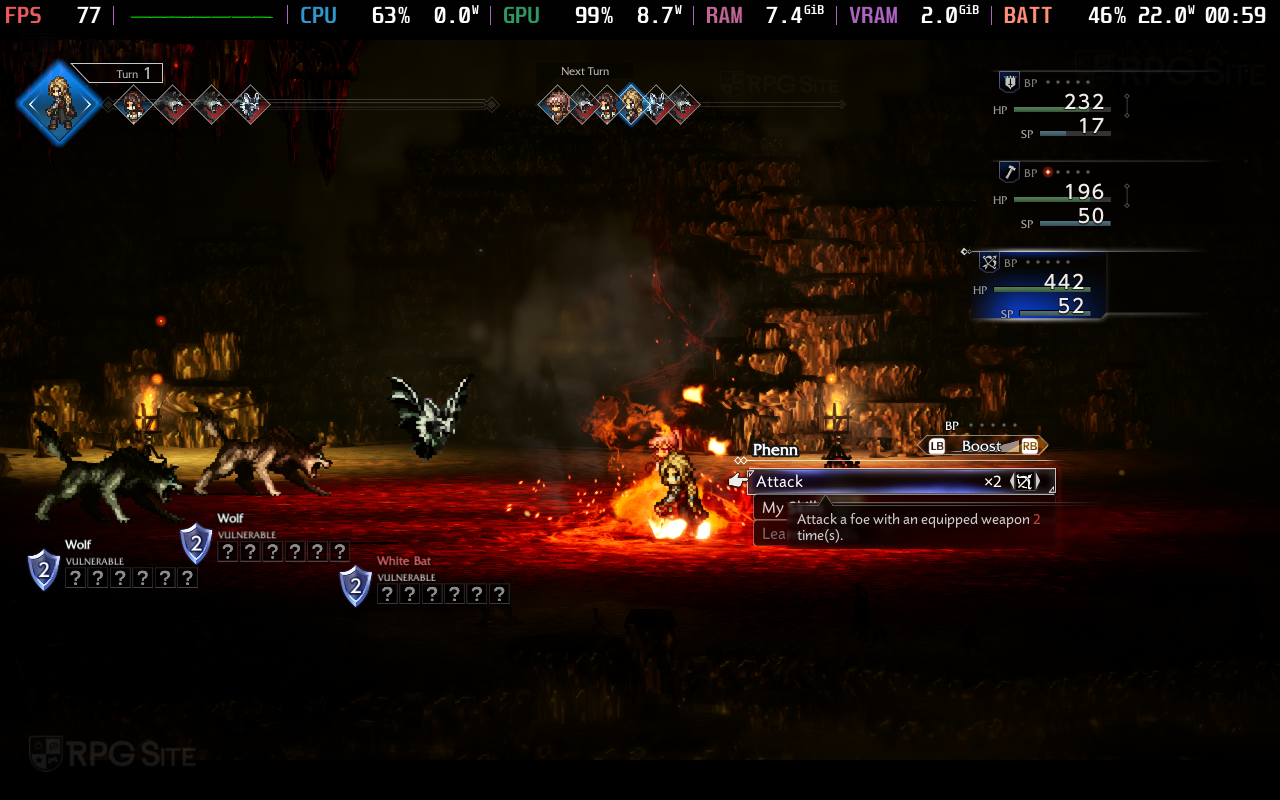
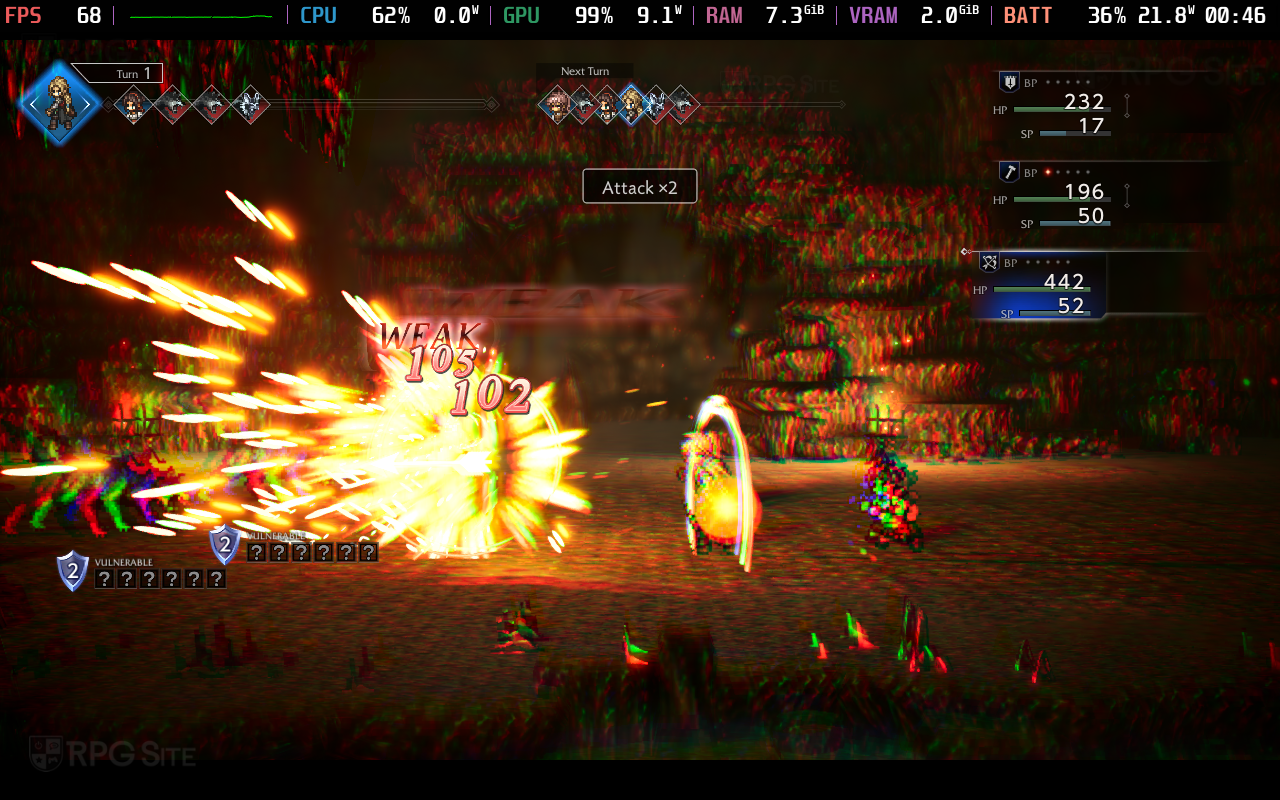

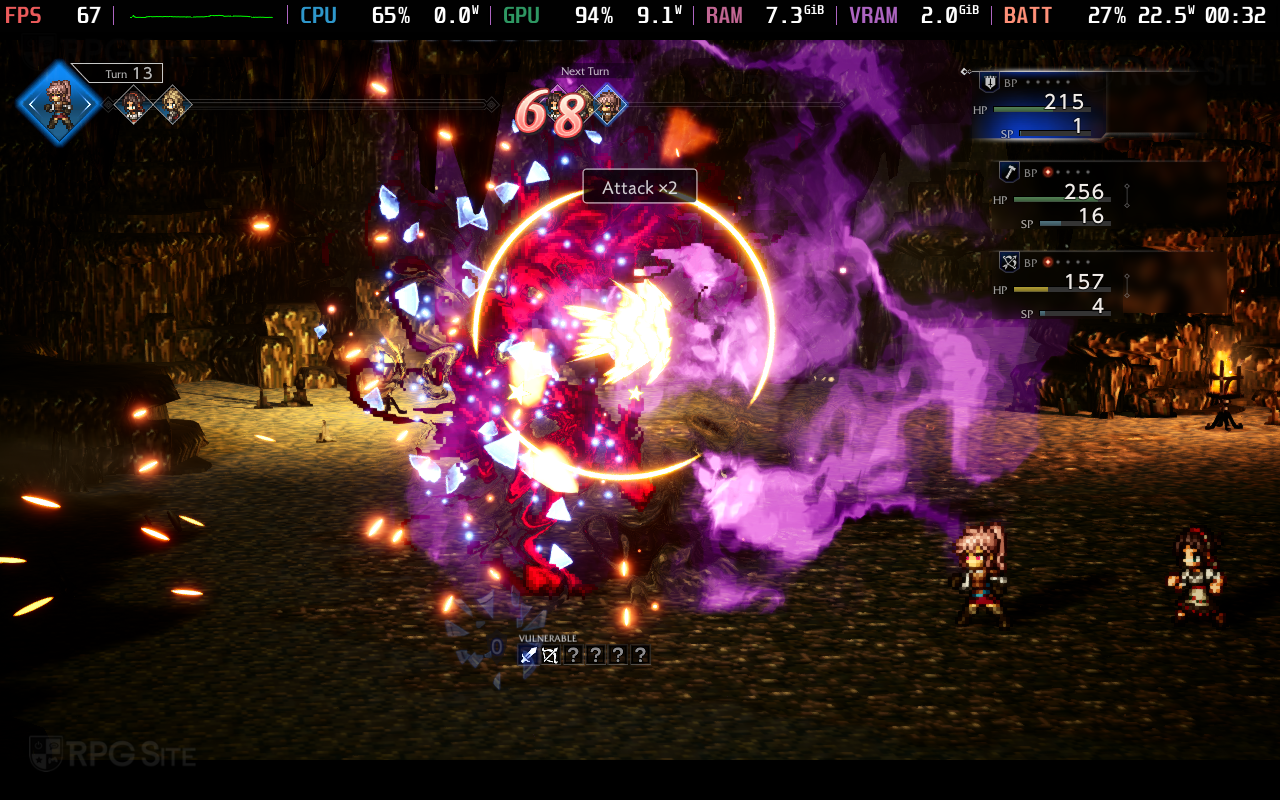

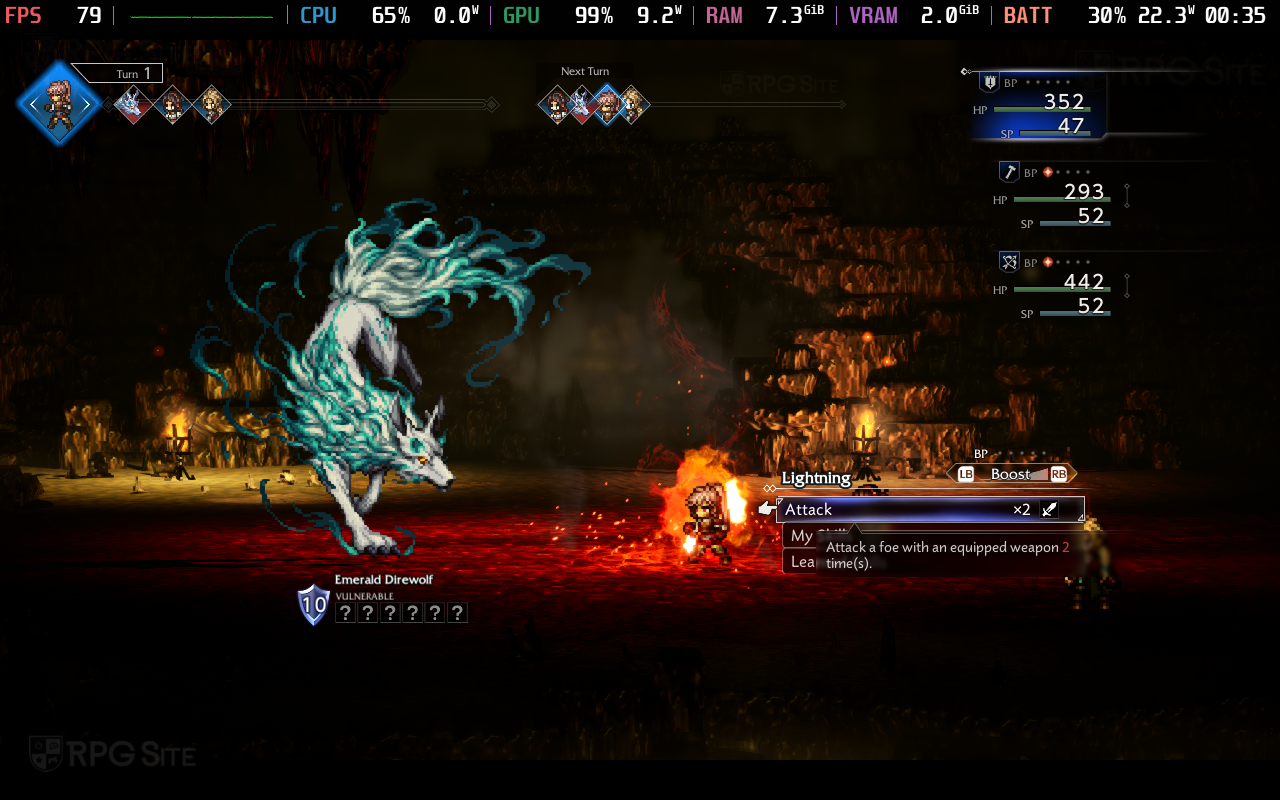

Octopath Traveler 0 Steam Deck recommended settings so far
If you’re playing on the original Steam Deck, you can enjoy smooth 60fps gameplay with great graphics without making any changes. However, if you have the Steam Deck OLED, it’s best to limit the refresh rate to 60Hz. If you’re aiming for 90fps, the highest graphics settings are too demanding, causing frame rates to drop during intense scenes. While the game consistently stayed above 60fps on high settings, achieving a stable 90fps requires lowering the settings to medium or lower in certain areas. I’ll continue to test and refine these settings before launch, but for now, I recommend targeting 60fps on the Steam Deck OLED for the best experience.

I’ve been really excited to compare how Octopath Traveler 0 plays on the Steam Deck versus the Switch 2, and that’s what I wanted to focus on in this preview. But I have to admit, I was a little let down by the English voice acting. The dubs in the first Octopath Traveler and Octopath Traveler II were amazing, and this one just doesn’t quite reach that level. It’s not bad, exactly, but it’s a noticeable step down, so I ended up switching to the Japanese voices while I was playing.

Another issue is the inconsistent quality of the game’s graphics. You can notice it in the screenshots – some of the textures used for environments look noticeably blurry or low-resolution. Unfortunately, even when played on a PC with the highest graphics settings, these textures don’t improve much. It’s disappointing because the Octopath Traveler series has always been known for its beautiful visuals, and I haven’t seen this problem in previous games.
I’m excited to continue playing Octopath Traveler 0 and see how it performs on different consoles when it’s released. I’m particularly interested in comparing the Switch version to my experience with it on both the Steam Deck and the new Switch.
Octopath Traveler 0 will be available on December 4th for PlayStation 5, PlayStation 4, Xbox Series X|S, Nintendo Switch 2, Nintendo Switch, and PC via Steam.
Read More
- Super Animal Royale: All Mole Transportation Network Locations Guide
- Shiba Inu’s Rollercoaster: Will It Rise or Waddle to the Bottom?
- The best Five Nights at Freddy’s 2 Easter egg solves a decade old mystery
- Zerowake GATES : BL RPG Tier List (November 2025)
- xQc blames “AI controversy” for Arc Raiders snub at The Game Awards
- LINK PREDICTION. LINK cryptocurrency
- Wuthering Waves version 3.0 update ‘We Who See the Stars’ launches December 25
- Daisy Ridley to Lead Pierre Morel’s Action-Thriller ‘The Good Samaritan’
- Pokemon Theme Park Has Strict Health Restrictions for Guest Entry
- Avengers: Doomsday Trailer Leak Has Made Its Way Online
2025-11-12 03:57